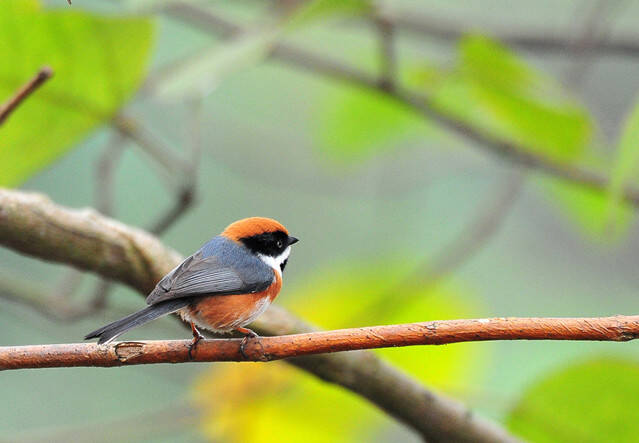Luscinia ruficeps
IUCN
LCBasic Information
Scientific classification
- name:Luscinia ruficeps
- Scientific Name:Rufous-headed Robin,Luscinia ruficeps
- Outline:Songbird
- Family:Passeriformes Flycatchers S.Robin
Vital signs
- length:About 14.5 cm
- Weight:No verification information
- lifetime:No verification information
Feature
The top of the head and nape are chestnut, the chin and throat are white with black edges
Distribution and Habitat
Distributed in central China, winter migratory bird or stray bird has been recorded in the Malay Peninsula. Distributed in Qinling Mountains, northern Minshan Mountains, and possibly also distributed in Qionglai Mountains. Generally rare, but very common in parts of Jiuzhaigou National Nature Reserve in northern Sichuan, inhabiting dense shrubs in subalpine forests at an altitude of 2000-3000 meters.
Active on the ground in mixed forests of fir, birch, poplar, mountain willow and cherry at an altitude of 2400 meters.
Appearance
The male is colorful, medium-sized (14.5 cm), characterized by chestnut head and nape, white chin and throat with black edges. The upper body is brownish-grey, the tail is chestnut with a nearly black tip, and the central tail feathers are similar to those of the bluethrobe. The lower body is nearly white, with gray bands from the chest to the flanks. The female is similar to the female bluethrobe, but the sides of the head and neck are dark brown, and the throat has scaly markings.
Iris - dark brown; bill - black; feet - pink.
Details
The Rufous-headed Robin is a very rare endangered species.

The Rufous-headed Robin sings more in May. It is very good at singing. The song is loud and melodious, like other robins. The song is loud and powerful, with a heavy guttural sound, pleasant and intermittent, with a short interlude at the beginning, such as ti chulululu ti chewtchewtchewt ti titichewtchewtchewt ti cho-chutchutchut ti tiii-chuchutwilili, etc. (According to C. Robson). Autopsy - stomach, except for one earthworm, the contents are all plant fragments. Studies have shown that it mainly feeds on worms and plants.
The type specimen of the brown-headed thrush was collected from Taibai Mountain in Shaanxi in July. In 1987, Li Guiyuan et al. collected another one in Pingwu, northern Sichuan on May 28. From the dates of collection before and after, it can be seen that this bird breeds in the Qinling Mountains. In Mt. Brichang, Cameron Highlands (1980 meters above sea level) collected on March 5, it should be a winter migratory bird.
Listed in the "National List of Terrestrial Wildlife with Important Economic and Scientific Research Value" issued by the State Forestry Administration on August 1, 2000.
Listed in the "List of Wildlife with Important National Protection in China" at the first level.
Protect wildlife and eliminate game.
Maintaining ecological balance is everyone's responsibility!








